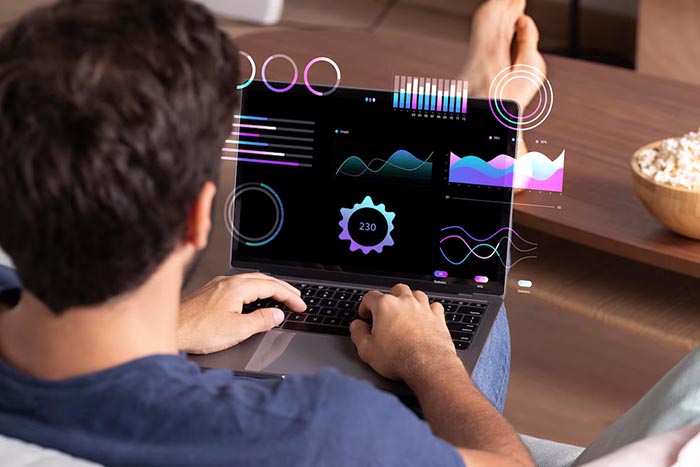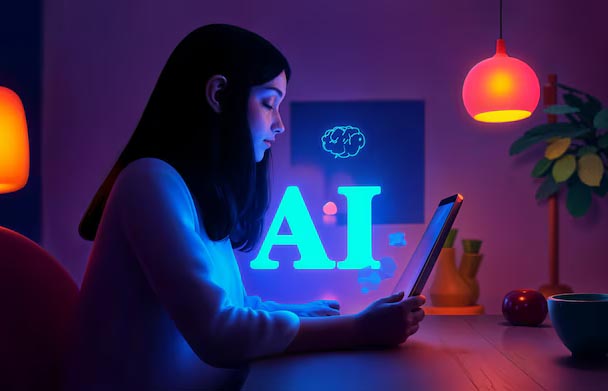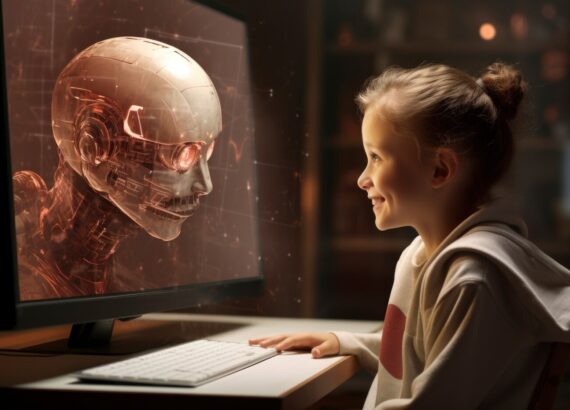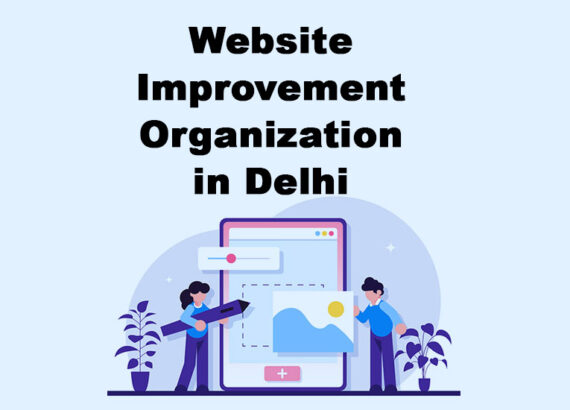Reaching for the Stars Was Always a Human Dream Ever since our ancestors looked up at the glittering night sky, the stars have pulled at us like a silent, mysterious force. They’ve inspired myths, love stories, science, and ambition. The idea of flight—of touching the clouds, the moon, the universe—has always lived in the human soul. But dreams are one thing. Making them real is something else entirely. Space is not only beautiful—it’s unforgiving. If there is one wrong calculation or one missed signal, everything can fall apart. That’s where a new kind of brilliance came in—not just the human brain, but something we created with it: Artificial Intelligence. AI isn’t replacing human ambition. It’s sharpening it. It’s making our space dreams not just possible but sustainable, safer, and even more breathtaking. Let’s explore AI’s contribution to aeronautics further.
Planning Space Missions: Smarter Than Ever
Space missions aren’t like planning a road trip. You can’t pull over if something breaks. There’s no mechanic in space. Every step—trajectory, fuel calculation, timing, even a tiny engine burn, has to be precise. Before AI, mission planning took months, sometimes years. But now? AI systems can simulate thousands of possibilities in hours. They help scientists visualize risks, optimize launch windows, and make real-time corrections when the unexpected happens.
NASA used AI systems for the Mars 2020 mission—not just for launch prep but during the actual descent. Yes, AI helped land a rover on Mars. On its own. In real time. That moment was not just a victory for science. It was a quiet declaration that AI is no longer a tool—it’s part of the team.
Meet the Rovers Who Think for Themselves
Well, if you’ve ever seen a picture of a rover on Mars, it’s easy to admire the engineering. But what’s truly astonishing is what you can’t see: the mind inside. These machines operate millions of miles away. Instructions from Earth can take up to 20 minutes to arrive. That’s a long time to wait if a rock blocks your path or a dust storm rolls in. So, NASA’s rovers are now fitted with AI systems that let them make their own decisions. The AEGIS system on Curiosity and Perseverance helps these rovers identify scientifically interesting rocks and take samples without checking with Earth. They “decide” what’s worth attention, almost like having a curious little scientist wandering Mars with its own instincts. Isn’t that strangely beautiful? A lonely robot on a red planet, using the intelligence we built to explore mysteries we can only imagine.
Earth’s Busiest Skies Are Getting a Helping Hand
Back on Earth, our skies are getting busier every single day. Not just planes, but drones, delivery vehicles, air taxis—the future’s here, and it’s flying. But with that comes chaos. Air traffic controllers are human. They get tired. They make mistakes. And when they do, lives are at risk. AI is now helping to manage air traffic in real-time, predicting delays, adjusting flight paths, and even suggesting smoother landings—all faster than a human can. Cities like New York and Tokyo are testing AI-driven traffic flow systems for airports. Early results? Smoother operations, fewer fuel-burning delays, and—best of all—fewer headaches for pilots and passengers. It’s like having a calm, all-seeing assistant silently organizing the sky.

Listening to Airplanes Whisper Their Troubles
Aircraft are sophisticated, but they break down like anything else. The trick is to know when before it happens. That’s where predictive maintenance steps in. Modern aeroplanes are filled with sensors that constantly record engine temperature, vibration levels, fuel efficiency, and much more. AI takes that data and searches for patterns humans might miss. Is the engine beginning to overheat too soon? Are the brakes showing signs of unusual wear? This is actually so good that AI can help through data analysis and predict problems way before they begin to take place, and this reduces accidents.
Companions in Space
We often forget the human side of space missions. The loneliness. The silence. The mental strain. Being an astronaut sounds heroic, but the emotional toll is real. That’s why AI isn’t just acting as a mechanic or mission planner. It’s now a companion. Take CIMON, the floating AI assistant on the International Space Station. It can talk, answer questions, and even crack jokes. For astronauts far from home, these moments of interaction make a huge difference. AI also keeps watch over their health. It monitors vitals 24/7, flags any abnormalities, and suggests adjustments in diet, exercise, or rest. It doesn’t sleep. It doesn’t judge. It just cares—in its own quiet, reliable way. In space, where you’re 400 kilometres above Earth with no escape, sometimes that little voice of comfort and logic means everything.
Satellites with a Purpose: Saving Lives on Earth
Every time there’s a natural disaster on Earth, satellites are our first responders. But there’s a catch: they send back huge volumes of data. No human can go through it all in real-time. So, AI steps in. During wildfires, AI tools scan satellite images to pinpoint exact flame fronts. During earthquakes, they map collapsed areas and spot roads that are still usable for rescue teams. It can even recognize people waving for help in flooded zones. It’s not drama—it’s reality. These AI-enhanced satellites are protecting forests, monitoring illegal mining, tracking ocean temperatures, and watching for signs of hunger in croplands. Who would have thought that machines launched into space would become guardians of Earth?

Inventing New Spaceships
Designing spacecraft is both a science and an art. And now, AI is lending its imagination to engineers. Using a process called generative design, AI tools explore millions of possible shapes for spacecraft parts. These designs are often unconventional—lightweight skeletons and twisted structures, sometimes resembling nature more than machines. But they work. They’re more efficient, lighter to launch, and sometimes stronger than anything a human would traditionally design. AI doesn’t think like us—which is exactly the point. With AI as a co-designer, we’re not just engineering better spacecraft. We’re reinventing what’s possible.
Conclusion
AI is going with us. It will guide our journeys, safeguard our crews, decode alien worlds, and maybe—just maybe—help us answer that biggest question of all: are we alone? I mean, we don’t know if something more than humans exists, but we are still on the go. Enjoyed reading the blog? Keep exploring for more only on Nextr Technology’s website. We are the best web development agency in New Delhi.
Thank you for reading
Buy Web Hosting at an affordable price: Buy Now.
If you want to build your website at an affordable price, contact www.nextr.in
Read this: Open AI Academy – An Opportunity to Avail AI Tools and Training


















